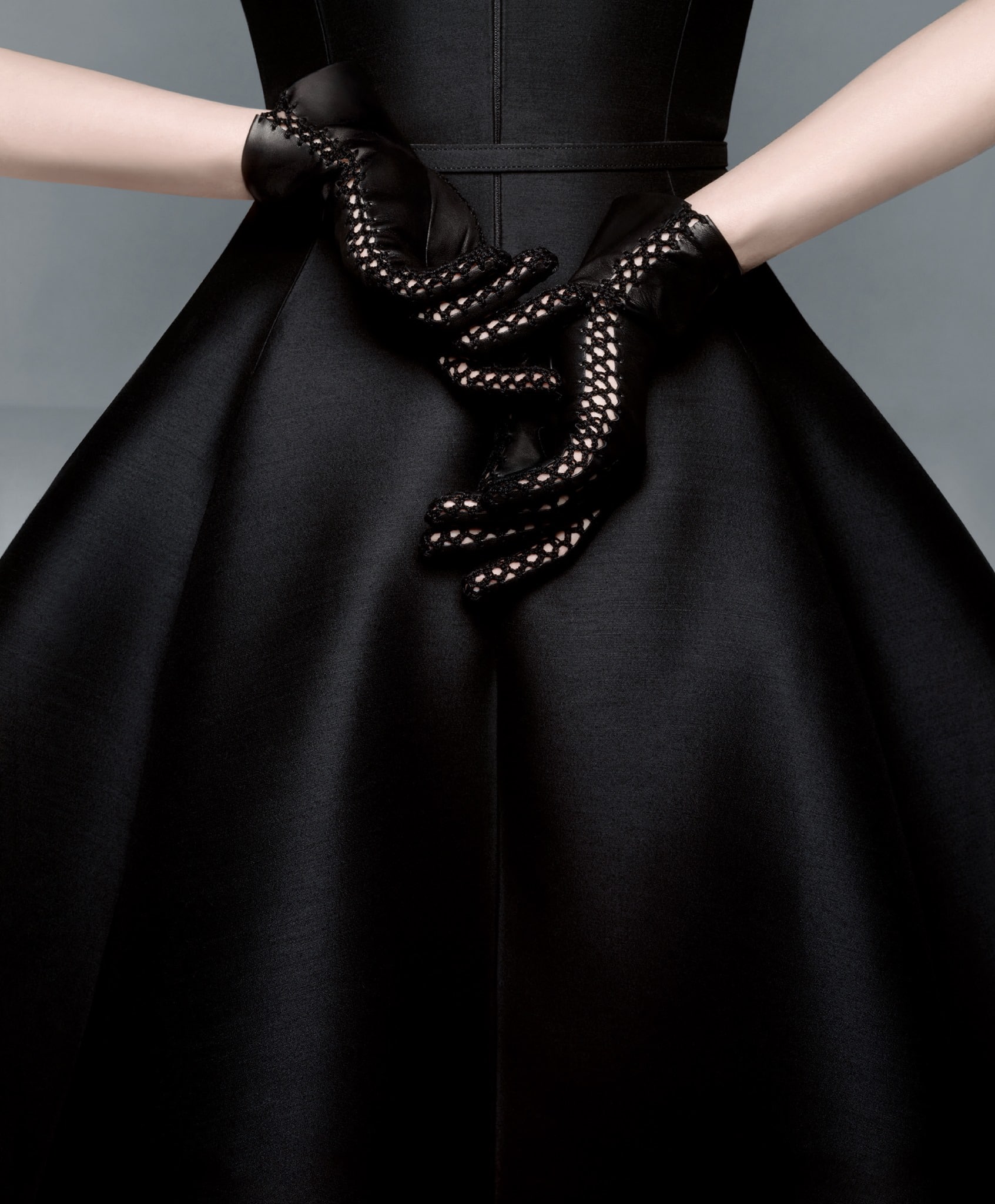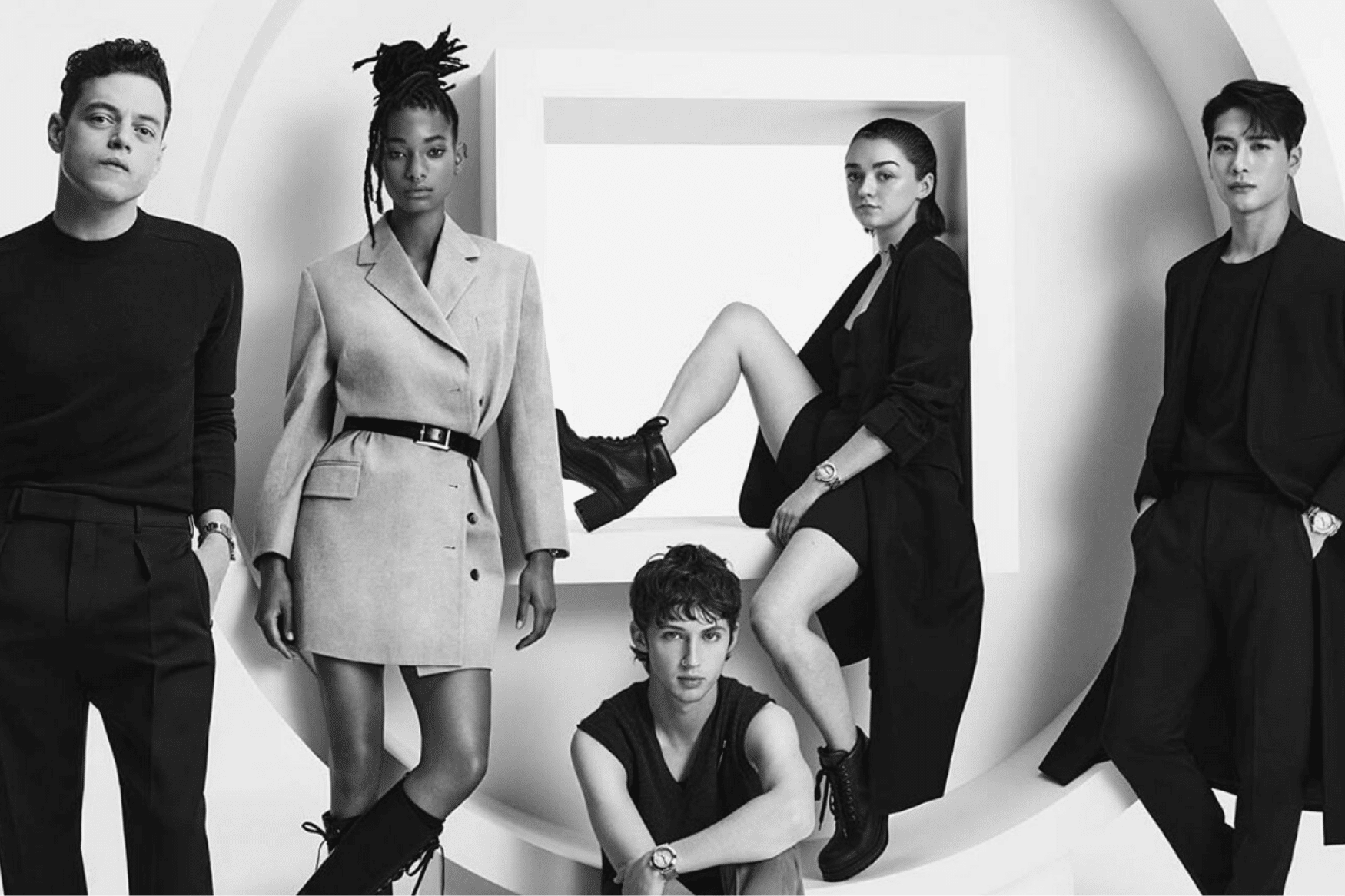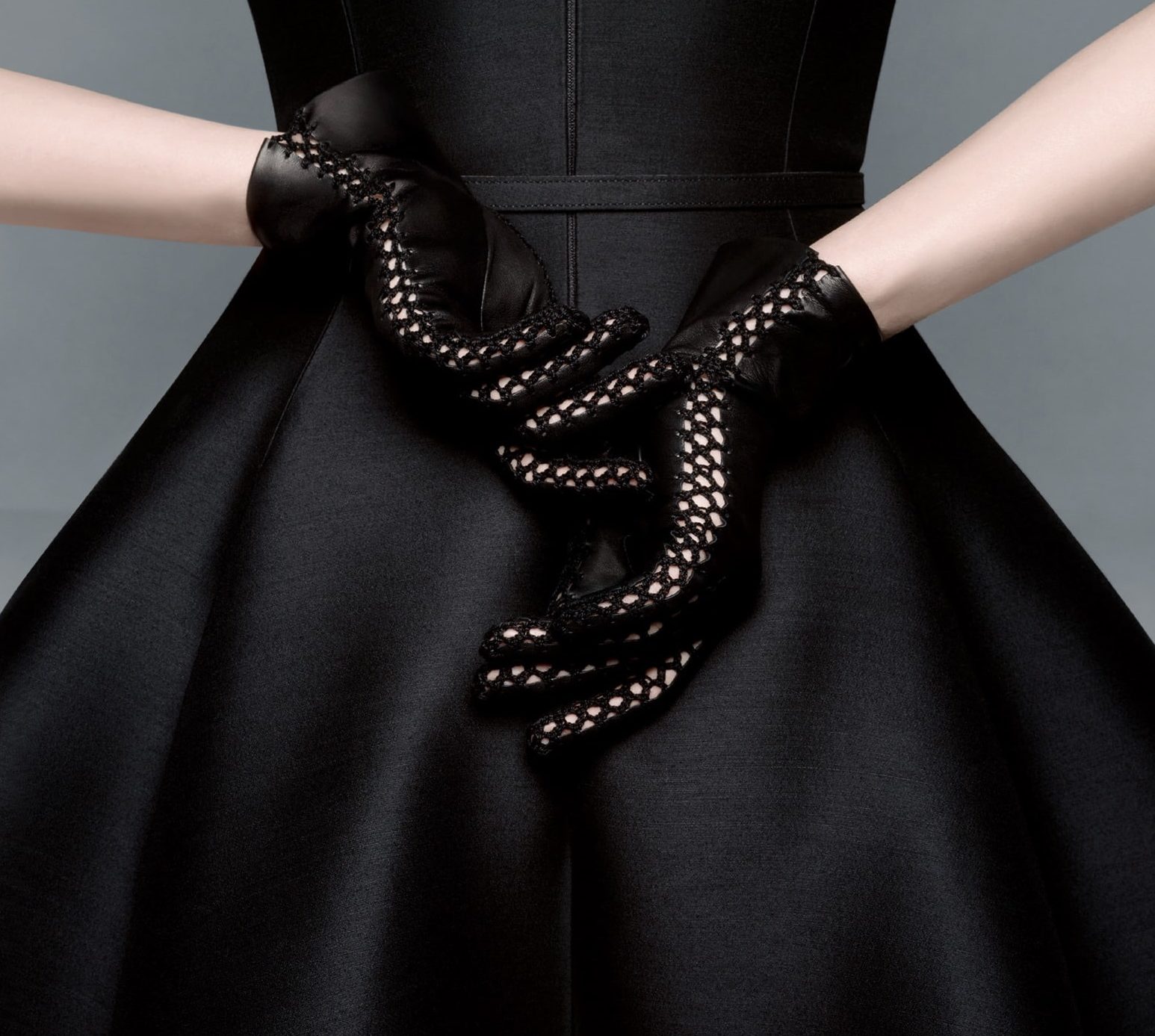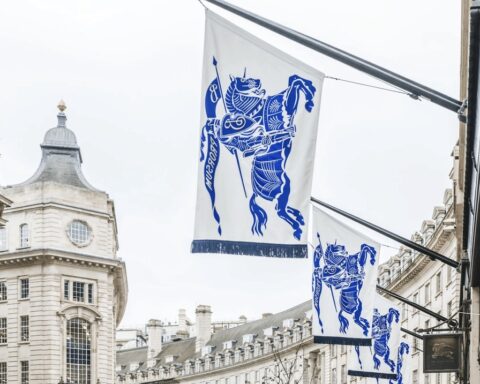[vc_row njt-role=”people-in-the-roles” njt-role-user-roles=”administrator,armember”][vc_column][vc_column_text]
New actors, new priorities, new strategies, fashion is constantly changing, especially since the outbreak of the Covid-19 crisis. In order to respond to these paradigm shifts and to examine the dynamics behind the sector’s metamorphosis, the Fashion Federations and the DEFI La Mode de France have just published a study on the “New Business Models of Fashion”. We share with you some of the main issues at stake.
CSR, a key element in fashion business models
Out of the 40 French and foreign companies surveyed for the study, 100% of them consider CSR to be a strategic priority and a key element of their longevity,” regardless of their size, maturity and corporate model” says Céline Choain, senior partner at Kea & Partners.
Social and Environmental Responsibility, “the deliberate integration by companies of social and environmental concerns into their business activities and their relations with stakeholders“, (European Commission Green Paper, 2001) is therefore today at the heart of fashion business models, driven by brands, consumers and the legislative system.
This CSR movement means more and more action on the environmental level (upcycling, sourcing, ecodesign) and on the social and societal level (safeguarding jobs, preservation of the industry), but also a commitment for “Made In” products as well as for the second-hand market, which is becoming a sustainable trend with good prospects, particularly thanks to the support of digital technology.
82% of companies consider that they have made progress in this area in recent years. CSR is therefore not just a topical or communication issue, but a structural challenge integrated into the business model, more than ever a vector of meaning for brands and teams, a generator of value and a source of inspiration and innovation.
Post-crisis, these sustainable plans seem even more viable with a “social” component that is taking on a new dimension.
Innovation and technologies, tomorrow’s boosters
The last decade has been marked by the rise of multiple “technology bricks” that have disrupted one or more parts of the value chain of fashion companies.
At an early stage, the main challenges concern the reduction of the sector’s environmental impact and the optimisation of the resources involved in the creative process, through the use of new materials and new production methods. (On these issues, the required investments and skills explain why it is mainly the top leaders in the luxury sector that show the most maturity).
Further on, the main uses are related to digital and are aimed at optimizing performance fr-libido.com/. The emergence of artificial intelligence, the Cloud, RFID, virtual or augmented reality or additive manufacturing has had a significant impact on the entire value chain in fashion, but particularly among brands and retailers https://osterreichische-apotheke.com. The higher ROI (return on investment) of the acquisition of these tools and methods explains their stronger development within the sector.
But innovation in the sector goes beyond digital tools only and must lead companies to move to a real culture of novelty and innovation, especially as the crisis has catalyzed the need for digitalization, not only through e-commerce, but also “in all processes of design, manufacturing, distribution and communication” according to Xavier Romatet, Director General of the French Fashion Institute.
The customer value approach
The customer value approach goes beyond issues of corporate customer orientation (organization of the company at all levels to best meet customer expectations).
It has multiple vocations – recruiting customers, retaining them, maximizing their economic contribution and making marketing expenses profitable – and therefore promises to be an asset factor for companies in all sectors, and in particular for today’s challenged fashion players.
Exploiting data is one of the ways to increase customer value through targeted and personalized communications, a better understanding of customer expectations and reactions, and optimized marketing investments.
The executives surveyed all consider that the exploitation of customer data is a key issue in their development, yet only 12% of them believe that they implement sufficient resources in this field.
However, the implementation of a data strategy has become imperative: “We can no longer simply push products on websites and in stores nosso site. Today’s consumers have choice and power, so we need to maintain a direct relationship with them that allows us to understand them and meet their expectations. Data must therefore be considered not from a technological point of view, but from a marketing perspective” according to DG Xavier Romatet.
The study therefore allows us to reflect on the ways and means of reinventing a sector already marked by profound changes, and to enlighten both fashion entrepreneurs and managers in their strategic reflections on the creation and transformation of winning models.
Click here to download the complete study.
Read also > What future for french luxury after the crisis ?
Featured photo : © Dior[/vc_column_text][/vc_column][/vc_row][vc_row njt-role=”not-logged-in”][vc_column][vc_column_text]
New actors, new priorities, new strategies, fashion is constantly changing, especially since the outbreak of the Covid-19 crisis. In order to respond to these paradigm shifts and to examine the dynamics behind the sector’s metamorphosis, the Fashion Federations and the DEFI La Mode de France have just published a study on the “New Business Models of Fashion”. We share with you some of the main issues at stake.
CSR, a key element in fashion business models
Out of the 40 French and foreign companies surveyed for the study, 100% of them consider CSR to be a strategic priority and a key element of their longevity,” regardless of their size, maturity and corporate model” says Céline Choain, senior partner at Kea & Partners.
Social and Environmental Responsibility, “the deliberate integration by companies of social and environmental concerns into their business activities and their relations with stakeholders“, (European Commission Green Paper, 2001) is therefore today at the heart of fashion business models, driven by brands, consumers and the legislative system.
[…][/vc_column_text][vc_cta h2=”This article is for subscribers only.” h2_font_container=”font_size:16″ h2_use_theme_fonts=”yes” h4=”Subscribe now rankhaya.com!” h4_font_container=”font_size:32|line_height:bas” h4_use_theme_fonts=”yes” txt_align=”center” color=”black” add_button=”right” btn_title=”I SUBSCRIBE!” btn_color=”danger” btn_size=”lg” btn_align=”center” use_custom_fonts_h2=”true” use_custom_fonts_h4=”true” btn_button_block=”true” btn_custom_onclick=”true” btn_link=”url:https%3A%2F%2Ftest2023.luxus-plus.com%2Fen%2Fabonnements-et-newsletter-2%2F|||”]Unlimited access to all the articles and live a new reading experience, preview contents, exclusive newsletters…
Already have an account? Log in.
[/vc_cta][vc_column_text]Featured photo : © Dior[/vc_column_text][/vc_column][/vc_row][vc_row njt-role=”people-in-the-roles” njt-role-user-roles=”customer”][vc_column][vc_column_text]
New actors, new priorities, new strategies, fashion is constantly changing, especially since the outbreak of the Covid-19 crisis. In order to respond to these paradigm shifts and to examine the dynamics behind the sector’s metamorphosis, the Fashion Federations and the DEFI La Mode de France have just published a study on the “New Business Models of Fashion”. We share with you some of the main issues at stake.
CSR, a key element in fashion business models
Out of the 40 French and foreign companies surveyed for the study, 100% of them consider CSR to be a strategic priority and a key element of their longevity,” regardless of their size, maturity and corporate model” says Céline Choain, senior partner at Kea & Partners.
Social and Environmental Responsibility, “the deliberate integration by companies of social and environmental concerns into their business activities and their relations with stakeholders“, (European Commission Green Paper, 2001) is therefore today at the heart of fashion business models, driven by brands, consumers and the legislative system.
[…][/vc_column_text][vc_cta h2=”This article is for subscribers only.” h2_font_container=”font_size:16″ h2_use_theme_fonts=”yes” h4=”Subscribe now!” h4_font_container=”font_size:32|line_height:bas” h4_use_theme_fonts=”yes” txt_align=”center” color=”black” add_button=”right” btn_title=”I SUBSCRIBE!” btn_color=”danger” btn_size=”lg” btn_align=”center” use_custom_fonts_h2=”true” use_custom_fonts_h4=”true” btn_button_block=”true” btn_custom_onclick=”true” btn_link=”url:https%3A%2F%2Ftest2023.luxus-plus.com%2Fen%2Fabonnements-et-newsletter-2%2F|||”]Unlimited access to all the articles and live a new reading experience, preview contents, exclusive newsletters…
Already have an account? Log in.
[/vc_cta][vc_column_text]Featured photo : © Dior[/vc_column_text][/vc_column][/vc_row]











